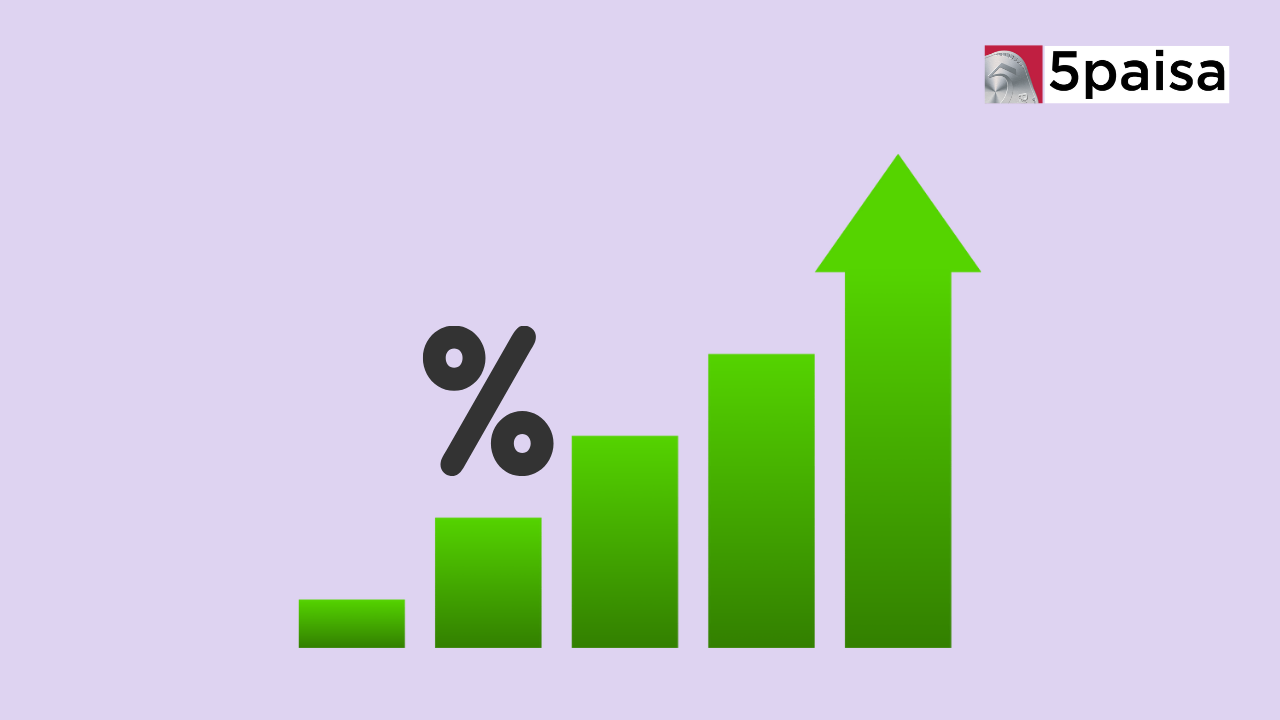Top New Year Stock Picks for 2025: Best Investment Opportunities
What to expect from India Inc’s financial performance in Q2

Last Updated: 13th December 2022 - 09:28 am
The earnings season for the second quarter ended September 30 has gathered pace, starting with the IT sector, with some surprising the market and others failing to meet Street expectations. While a few analysts have come up with a compilation of performance previews for various sectors, we looked at the macro picture to understand how things are shaping up to gauge how one should assess India Inc at large.
This becomes critical as already company chiefs are predicting a recession. No, we are not talking about a global recession with India being an outlier. But CEOs of Indian companies, too, feel pain is round the corner.
According to a KPMG 2022 India CEO Outlook, 66%--or two in three—of the respondents expect a recession is coming in the next 12 months. This is relatively lower than 86% of the CEOs globally who feel the same, but the key factor is that the majority of corporate chiefs are bearish in their medium-term business sentiments.
The good news is that the majority of them expect it to be a mild recession and they have some plans in place to deal with it. This is perhaps the reason why the stock market is still roaring towards the all-time highs.
The 30-stock Sensex is just 5% shy of the peak a year ago despite high inflation pushing up the interest rates in the country that comes as a double whammy to most companies already hit by higher input cost and demand for higher wages.
Q2 revenue barometer: what’s rising, what’s not
At a macro level, a combination of factors such as moderate price hikes and steadily rising volumes is expected to lift corporate revenue by around 15% on-year to Rs 10.2 lakh crore in the second quarter of this fiscal year.
However, profitability is seen declining 300 basis points (bps) due to elevated commodity prices, according to a CRISIL analysis of over 300 companies (excluding those in the financial services, and oil and gas sectors).
On a sequential basis, corporate revenue likely declined 3% compared to the first quarter ended June 30.
Of the total 47 sectors tracked by CRISIL Research, nearly half are estimated to have outpaced overall revenue growth during the quarter, with key sectors within consumer discretionary services logging maximum on-year growth.
The underperformance of the remaining sectors compared with overall growth was largely broad-based across the construction-linked, consumer staples and industrial commodities verticals.
Consumer discretionary services, which accounted for around 8% of overall revenue, are estimated to have grown 35% on-year, largely attributed to revenue more than doubling in sectors such as airline services (on account of rise in passenger traffic and high fares) and hotels (due to increase in occupancy and room tariff).
The hospitality industry at large has seen a strong bounce back as the lockdowns ended and the mild nature of the third wave of Covid-19 coupled with widespread vaccination instilled confidence. The lack of travel over the last two years has also led to a suppressed demand that is now getting reflected in the travel and tourism business.
Revenue of IT firms is estimated to have risen 15-17% year-on-year, aided by rapid adoption of digital platforms across segments and higher spending for modernisation to improve business resilience.
Similarly, consumer discretionary products, which accounted for almost a fifth of overall revenue, logged 25% on-year growth, with maximum contribution coming from automobiles sector due to healthy volume offtake, favourable product mix, and price hikes.
In contrast, the construction-linked vertical, which accounted for a sixth of overall revenue, grew only 5% on-year. Steel products, the largest sector in the vertical, de-grew after a continued run-up in revenue growth over the past eight quarters, with a decline of 3% on-year, largely due to correction in flat steel prices to the extent of 15% on-year, and moderate volume growth amid duties levied on exports across finished-steel categories.
“Given a relative tapering of growth in the second quarter compared with the first, overall revenue growth for the first half of this fiscal is estimated to be around 25% on-year. Almost 43% of this incremental growth is seen to be contributed by consumer discretionary products and services on a low base of last year as well as price hikes, while metals added another 10% to the incremental revenue,” according to Hetal Gandhi, Director, CRISIL Research.
But the bottom-line …
On its part, corporate profitability — or earnings before interest, taxes, depreciation and amortisation (Ebitda) margin — contracted around 300 basis points (bps) on-year in the second quarter, marking the fourth consecutive quarter of on-year decline. The margin contracted sequentially as well, albeit slightly.
Ebitda margins of around 70% of the 47 sectors tracked by CRISIL Research shrunk year-on-year. The sharpest reduction was in construction-linked sectors, at over 1,000 bps on-year, largely due to high input costs and delay in passing those on to customers.
Among these sectors, Ebitda margin in steel products is likely to have contracted by around 1,500 bps on-year due to elevated coking coal prices and lower realisations amid drop in flat steel prices and sales to the lucrative export segment being restricted.
Essentially, the increase in revenue is not translating into profit margin proportionately. Although key commodity prices such as coking coal and crude oil have got tempered sequentially, they remain elevated compared to the year-ago period, slicing corporate profits, with absolute Ebitda profit remaining almost at the same level compared to preceding quarter as also the year-ago period.
If the commodity prices remain at this level or shrink, then that would be critical for arresting further margin contraction.
In fact, barring consumer discretionary products (which saw marginal increase in margin on-year), consumer staple services, and industrial commodities, margins of all other major verticals contracted on-year. The expansion in margins of consumer discretionary products was largely driven by the automobile segment following better utilisation, softening of metal prices, price hikes and a favourable product mix.
Margin expansion in consumer staple services was supported by higher average room rates in the hospital sector, and in the industrial segment by expansion in margins of chemicals, coal, etc.
Absolute Ebitda profit is expected to be steady on-year but decline nearly 4% sequentially.
All-in-all we see revenue growth chugging along, though partly boosted by price hikes due to the cost push. But the earnings picture is not so attractive as higher commodity prices are playing spoilsport. Even as stocks take part in the Diwali rally, investors would do well to keep the risks in mind before placing all their bets in Dalal Street.
- Flat ₹20 Brokerage
- Next-gen Trading
- Advance Charting
- Actionable Ideas
Trending on 5paisa
Indian Stock Market Related Articles
Disclaimer: Investment in securities market are subject to market risks, read all the related documents carefully before investing. For detailed disclaimer please Click here.
 Sachin Gupta
Sachin Gupta
 5paisa Research Team
5paisa Research Team




